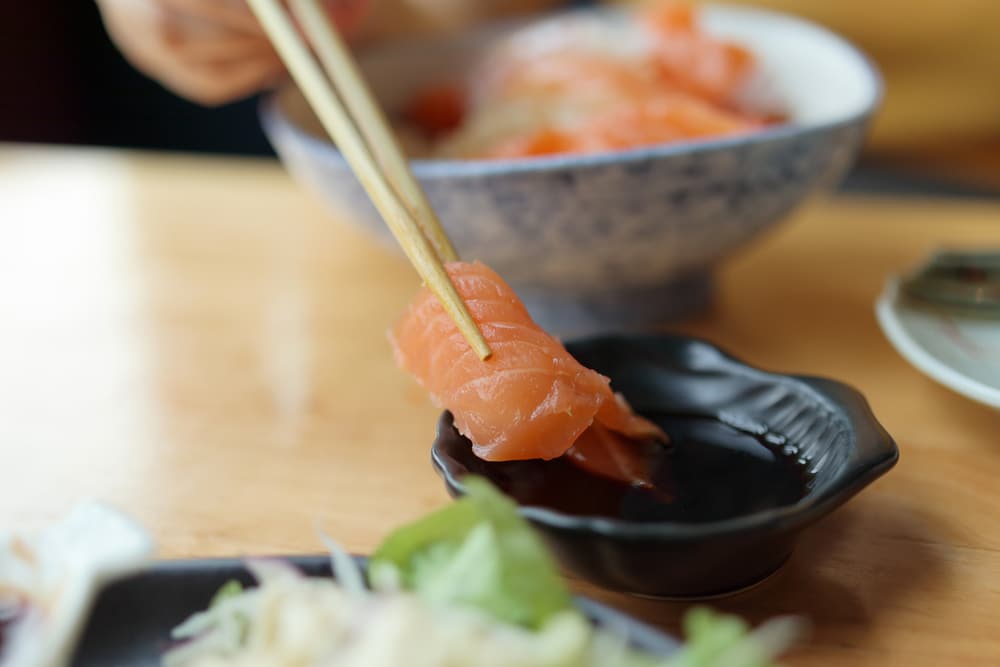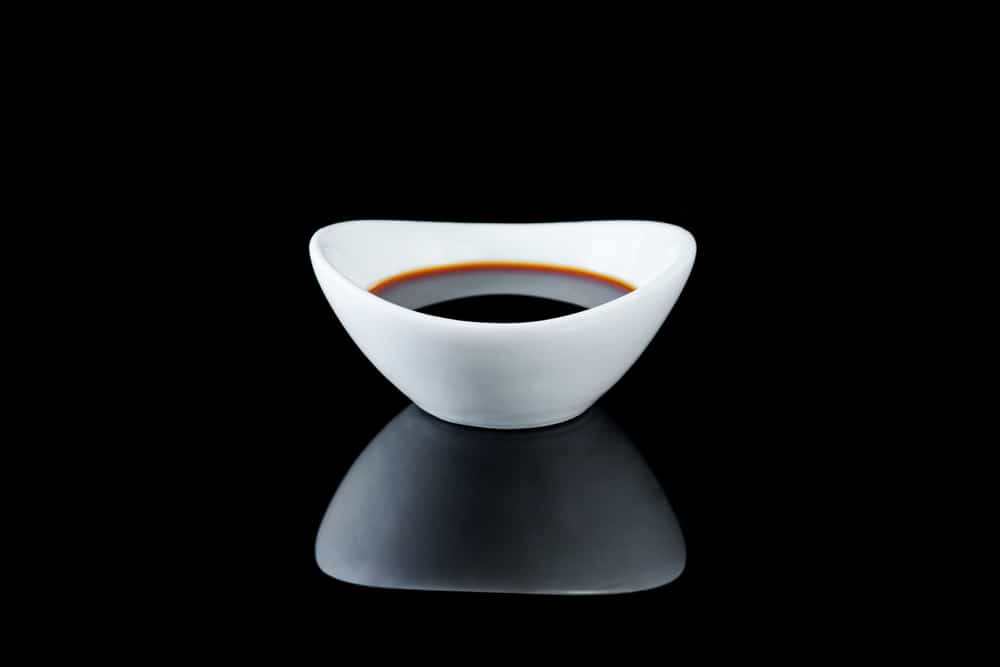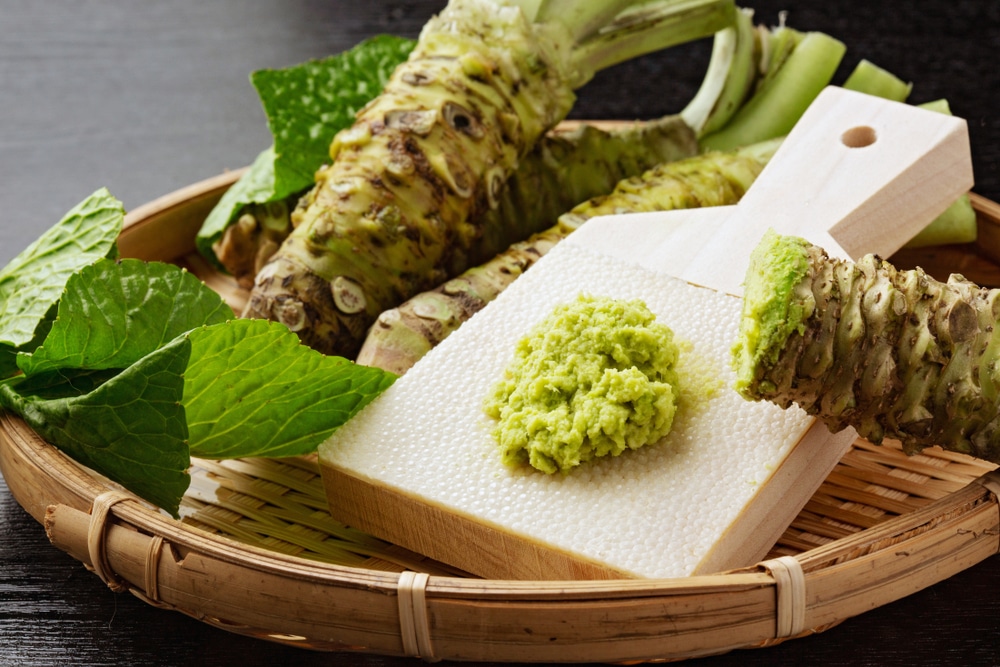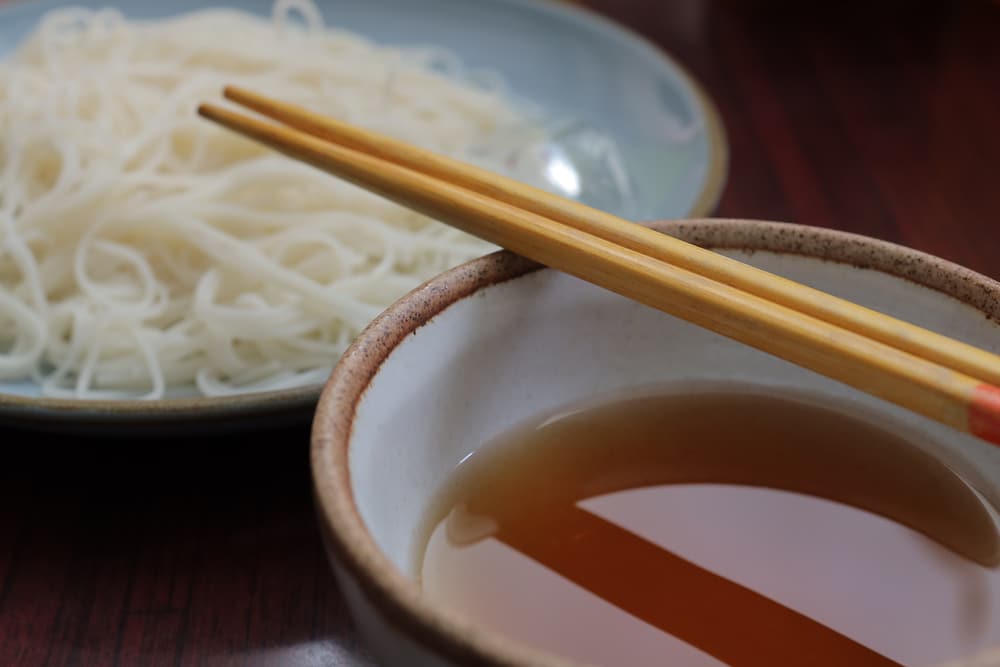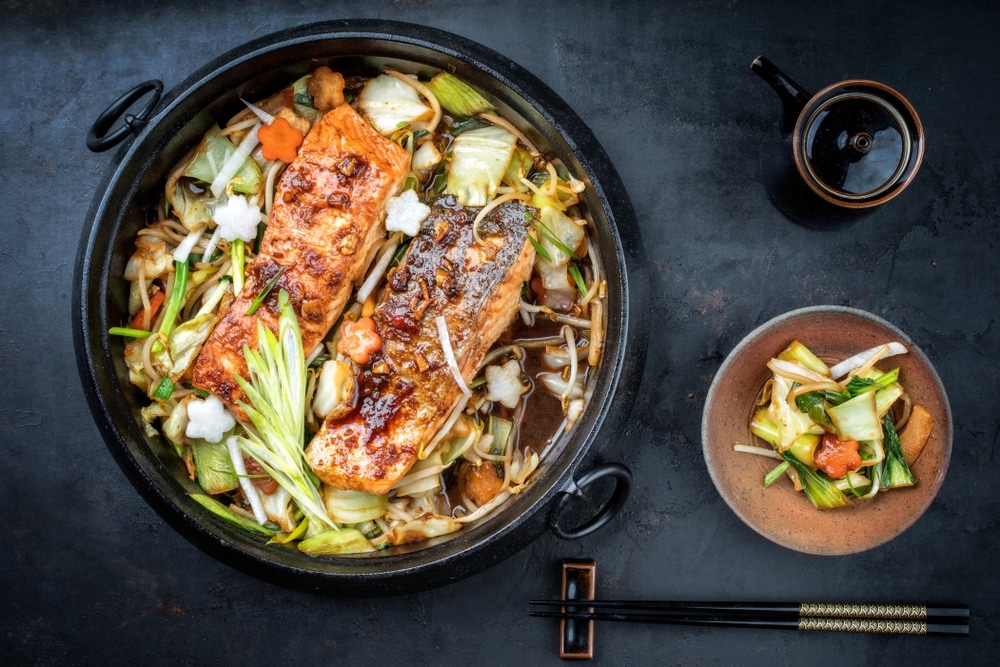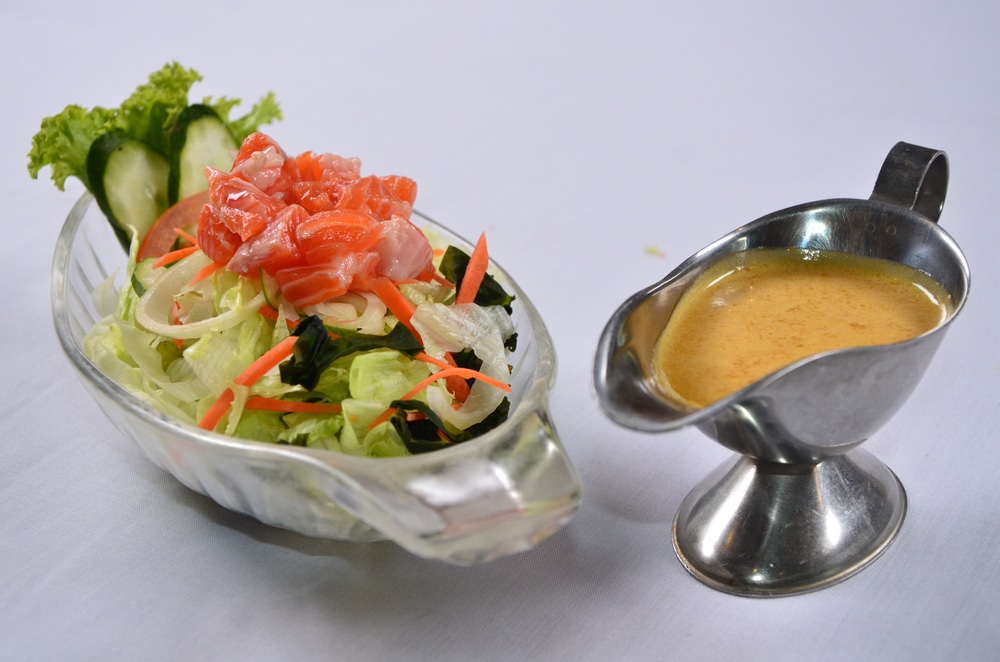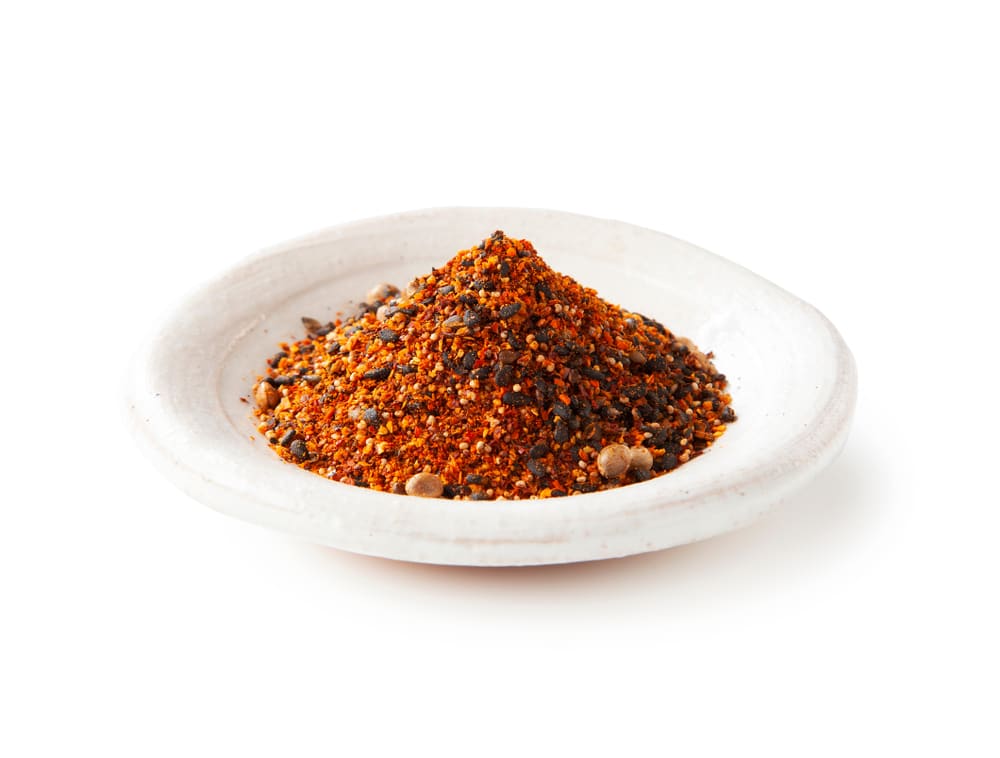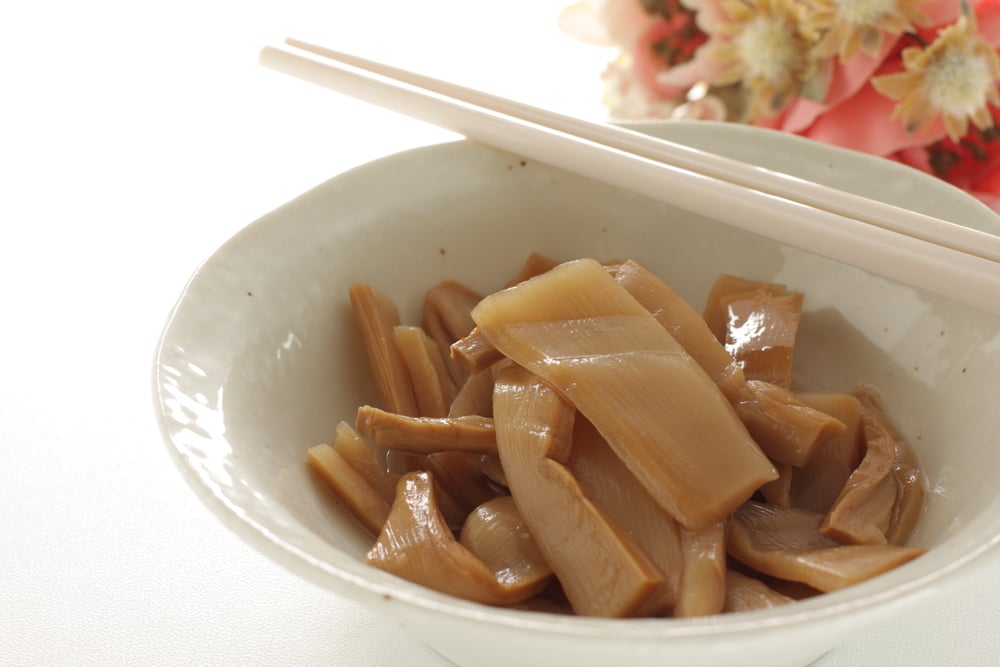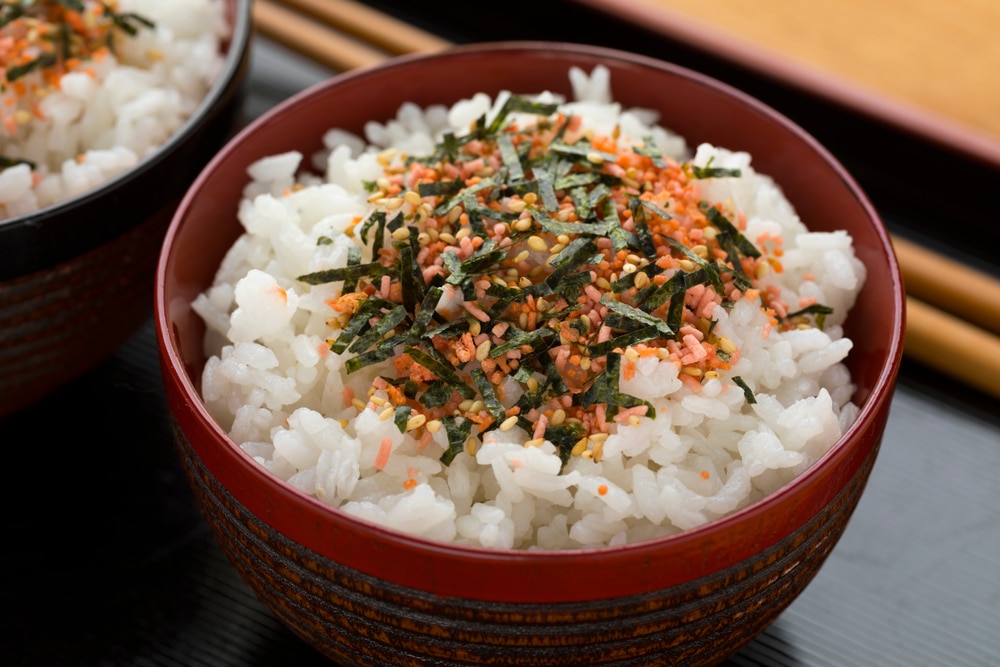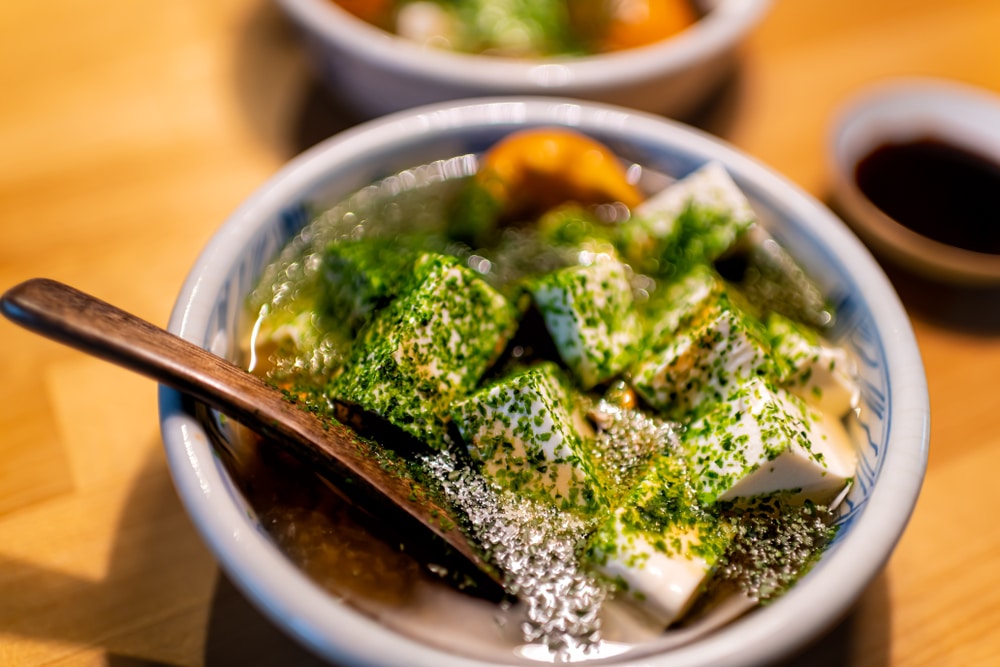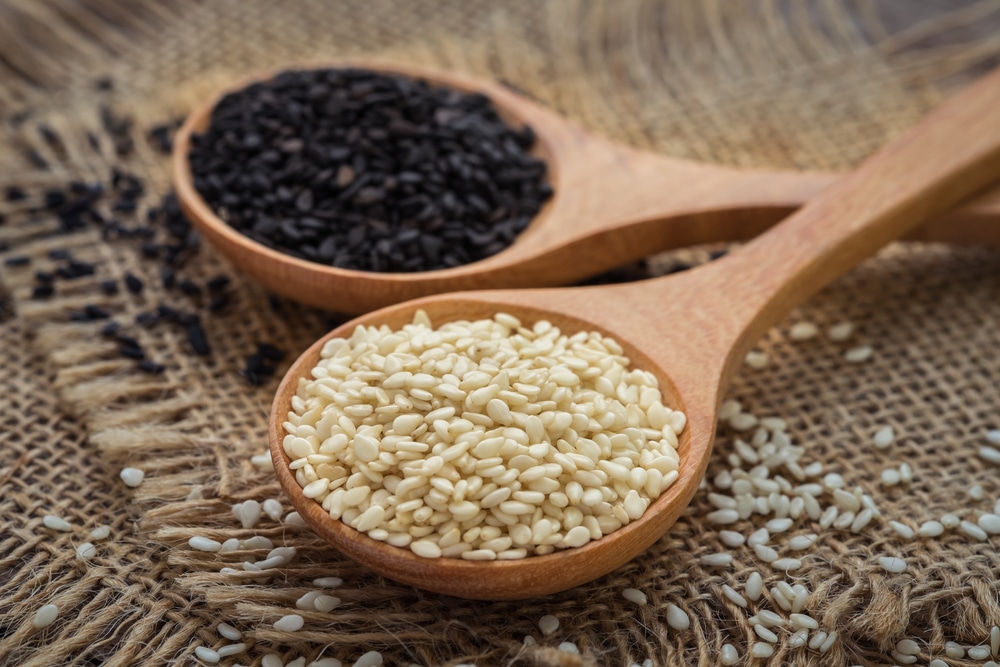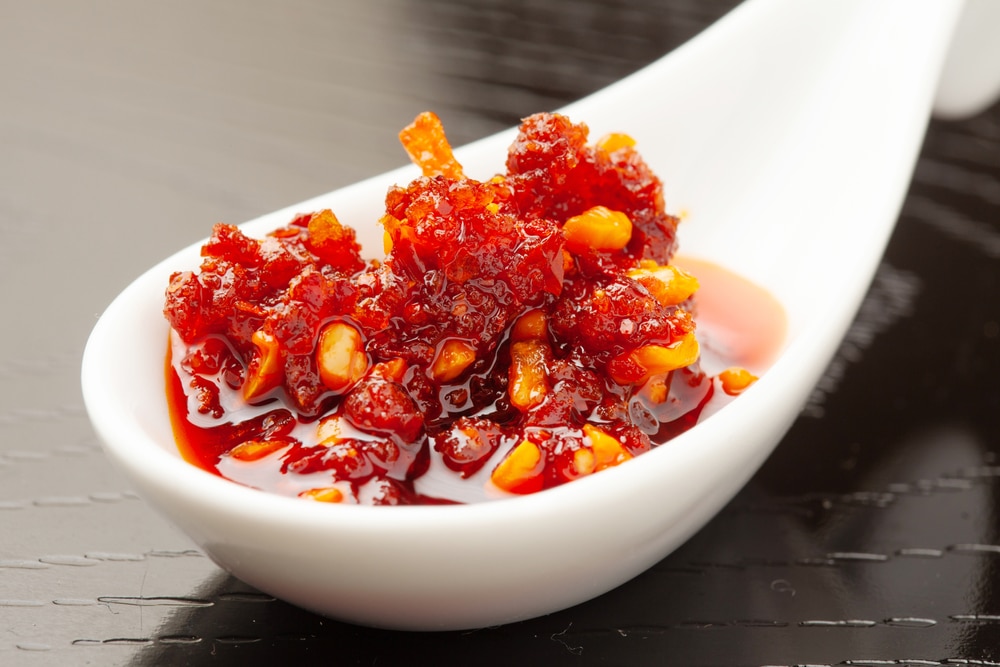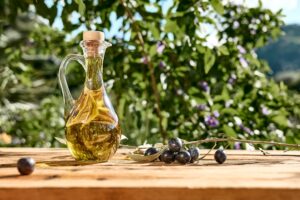Those who know and love the Japanese Cuisine, knows that a key role is reserved for the seasonings, which serve to enhance the traditional dishes and without which they could not even be appreciated at their best. Thanks to these sauces, seeds and spices, giving them aroma, the recipes of the Japanese cuisine acquire flavor, sweetness, spiciness, viscosity, and texture. Many seasonings are used to flavor salads, soups, to season the pasta or to accompany the many appetizers we are used to ordering in restaurants specializing in this type of cuisine.
But what are the main seasonings in Japanese cuisine? Here are the main ones:
Condiments of Japanese cuisine: sauces
1. Soy sauce
Introduced to Japan during the seventh century by some Buddhist monks, we are all familiar with it today: it is now a must-have even in our pantries and is perhaps one of the most popular and well-known oriental condiments even in the West. The Japanese one is sweeter than the Chinese one, and this is due to the presence within it of wheat.
2. Wasabi
Sold as a root to be finely grated or as a ready-made paste in a tube, it is a widely used ingredient in Japanese cuisine. Its function is to eliminate any bacteria present in raw fish.
3. Karashi
Karashi is a type of mustard made from the crushed seeds of Brassica juncea, mixed with wasabi or horseradish, and is used as a condiment for some dishes in Japanese cuisine. It is made from "brassica juncea," what is usually called "Indian mustard," and consists of its crushed seeds to which cold or warm water is added. It is used as seasoning in Japanese cuisine for dishes such as: tonkatsu, oden, natto, and gyoza, and for fish in tempura.
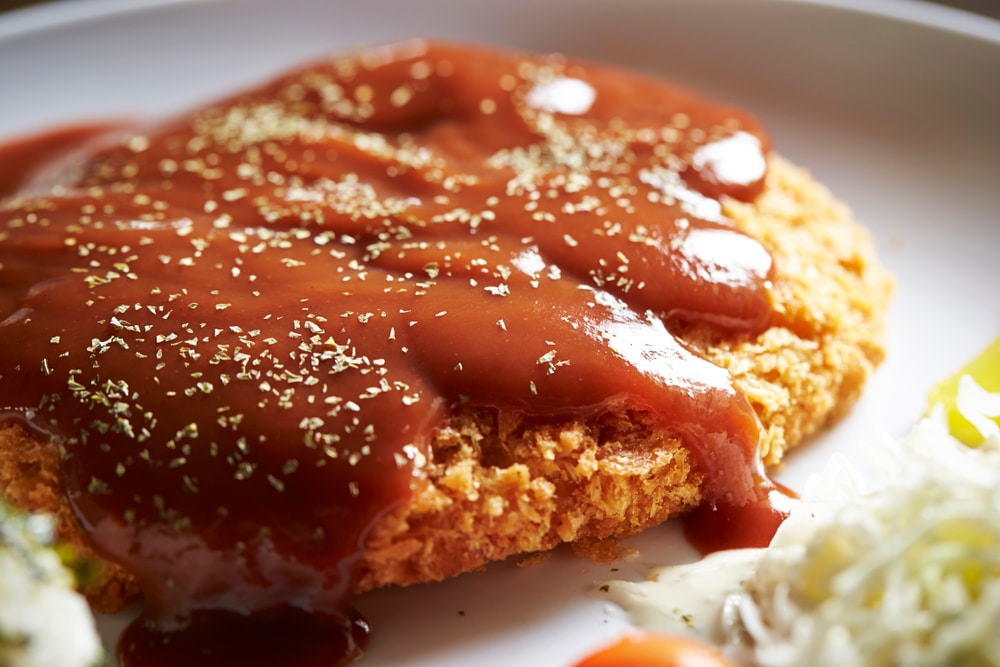
4. Mentsuyu
Mentsuyu is a condiment made from dashi, soy sauce, mirin and sugar and is used to season somen, soba, udon and hiyamugi.
5. Ponzu
Ponzu is a citrus sauce very slow that is prepared by boiling mirin, rice vinegar, konbu seaweed and katsuobushi flakes, the residue of which is then strained and discarded.
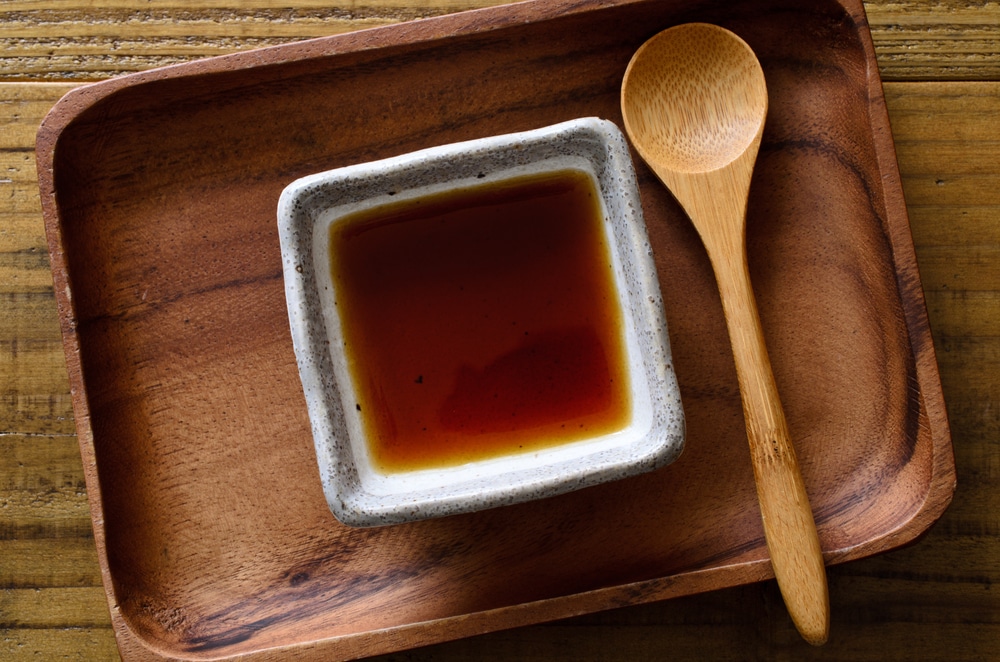
6. Warishita
Warishita is a Japanese sauce Composed of salt, sugar, and soy sauce.
7. Rice vinegar
It is a type of vinegar made from fermented rice and accompanies sushi or is used as a dressing for salads.
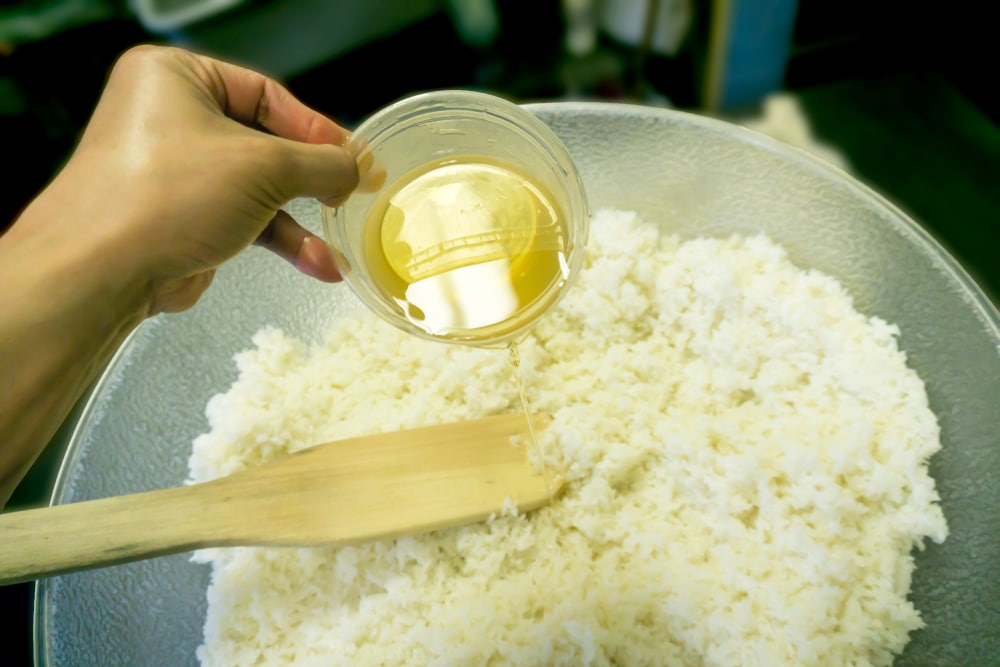
8. Mirin
The mirin is a kind of wine made from rice, with a lower alcohol content than sake. There are three types: hon mirin (alcoholic), shio mirin (slightly alcoholic) and shin mirin (with very little alcohol).
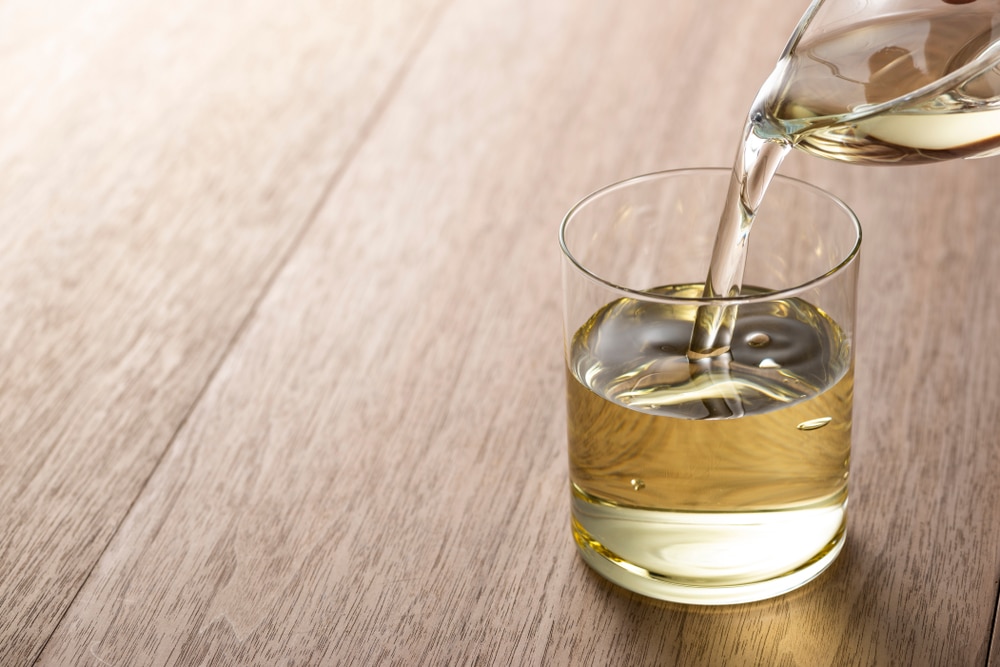
9. Wafu
The Wafu is a kind of vinaigrette, formed from a mixture of Japanese soy sauce, rice vinegar, and vegetable oil, often with added flavorings such as grated ginger, wasabi, or citrus, and is used to flavor salads.
Seasonings in Japanese cuisine: spices and seeds
10. Shichimi tōgarashi
Lo shichimi tōgarashi or simply shichimi is also called the "seven-flavor pepper," precisely because it consists of a mixture of 7 spices: mainly dried red chili, black sesame seeds, dried tangerine peel, hemp seeds, poppy seeds, sansho pepper and fresh chili.
It is used to flavor udon and soba, white rice, meats, soups and stews.
The origins of this flavor mix date back to 1625 thanks to Mr. Tokuemon who opened his own spice store called Yagenbori in Tokyo. This store was then passed down from father to son and still exists today.
11. Menma
Menma is a seasoning made from dried bamboo, used to season noodle soups and ramen.
12. Furikake
Furikake is a condiment that is usually added to rice and consists of a mixture of dried and ground fish, sesame seeds, ground seaweed, sugar, salt, and MSG.
13. Aonori
Aonori are a type of edible seaweed, called "sea lettuce" in Italy, mainly used dried and shredded to flavor okonomiyaki, yakisoba, yakiudon or takoyaki, as an ingredient in furikake or in addition to miso soup.
Seasonings of Japanese cuisine: seeds
14. Goma (sesame)
Sesame seeds are used in Japan mainly to season dishes such as tofu, seaweed, teriyaki salmon, or to accompany vegetables. The most commonly used is white sesame, which is also the most valuable compared to black sesame and is also used for stir-frying and for making "nerigoma," a paste of unpeeled sesame seeds, and "gomadare," a creamy sesame sauce composed of nerigoma, soy sauce, oil, sugar, mirin, and rice vinegar.
The condiments of Japanese cuisine: oils
15. Rayu
Rayu is a sesame oil flavored with chili pepper, but it can also be prepared with other spices such as ginger, guava leaves, leek, paprika, and turmeric.
16. Kumejima oil
This is a spicy "eating" oil because there are bits of garlic inside it.

